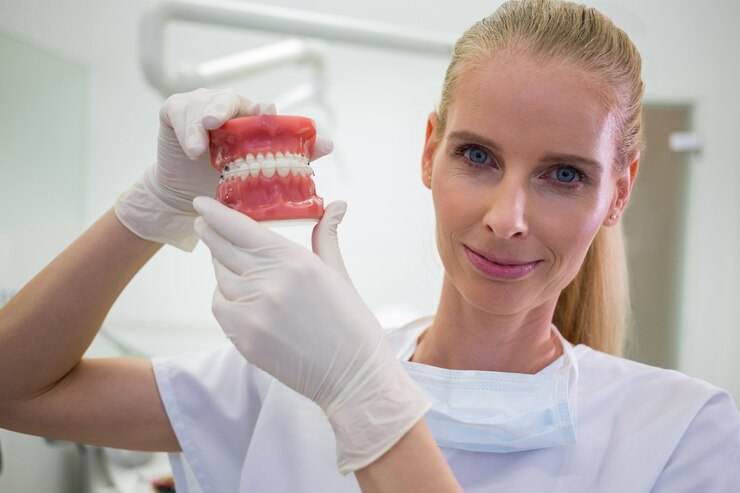Dental Crowns: What You Should Expect
- Jolly Smiles
- May 6
- 2 min read
Dental crowns are a common dental restoration used to improve the appearance and functionality of damaged teeth. Whether you're dealing with a cracked tooth, severe decay, or want to enhance your smile, dental crowns offer a reliable solution. In this guide, we'll explore the different types of dental crowns, the procedure involved, and what you should expect during and after treatment.
What Are Dental Crowns?
A dental crown is a custom-made cap that covers a tooth to restore its shape, size, strength, and appearance. Crowns are often recommended when a tooth is too damaged to be repaired with a filling but still has enough healthy structure to support the cap.
Types of Dental Crowns
There are several types of dental crowns, each with its own benefits:
Porcelain Crowns:
Appearance: Closely resemble natural teeth.
Durability: Suitable for front teeth.
Advantages: Highly aesthetic, stain-resistant.
Ceramic Crowns:
Appearance: Natural-looking.
Durability: Ideal for patients with metal allergies.
Advantages: Biocompatible, aesthetically pleasing.
Metal Crowns:
Appearance: Silver or gold.
Durability: Extremely durable, ideal for molars.
Advantages: Long-lasting, requires minimal tooth removal.
Porcelain-Fused-to-Metal (PFM) Crowns:
Appearance: Natural-looking with a metal base.
Durability: Stronger than all-porcelain crowns.
Advantages: Combines aesthetics with strength.
Resin Crowns:
Appearance: Tooth-colored.
Durability: Less durable than other types.
Advantages: More affordable, requires less tooth removal.
The Dental Crown Procedure
Initial Consultation:
During your first visit, your dentist will examine your tooth and take X-rays to assess the extent of the damage. If a crown is deemed necessary, the next steps will be planned.
Tooth Preparation:
The dentist will numb the area around the affected tooth and remove any decayed or damaged portions. The tooth will then be reshaped to make room for the crown.
Impressions:
Impressions of your tooth are taken to create a custom crown that fits perfectly. These impressions are sent to a dental lab where the crown is fabricated.
Temporary Crown:
A temporary crown is placed over the prepared tooth to protect it while the permanent crown is being made. This temporary crown is typically made from acrylic or stainless steel.
Permanent Crown Placement:
Once the permanent crown is ready (usually within two weeks), you'll return to the dentist. The temporary crown is removed, and the permanent crown is fitted and cemented into place.
What to Expect After Getting a Dental Crown
After your dental crown is placed, you might experience some sensitivity or discomfort. This is usually temporary and can be managed with over-the-counter pain relievers. It's essential to maintain good oral hygiene by brushing and flossing regularly and attending regular dental check-ups to ensure the crown remains in good condition.
Benefits of Dental Crowns
Protection: Crowns protect weak or damaged teeth from further harm.
Durability: They provide a long-lasting solution for dental restoration.
Aesthetics: Modern crowns look natural and can enhance your smile.
Functionality: Crowns restore the function of teeth, allowing for normal chewing and speaking.
Conclusion
Dental crowns are an effective solution for restoring damaged teeth and improving your oral health. By understanding the types of crowns available and the procedure involved, you can make an informed decision and ensure a smooth treatment experience. Always consult with your dentist to determine the best type of crown for your specific needs and enjoy the benefits of a healthy, beautiful smile.


































Comments